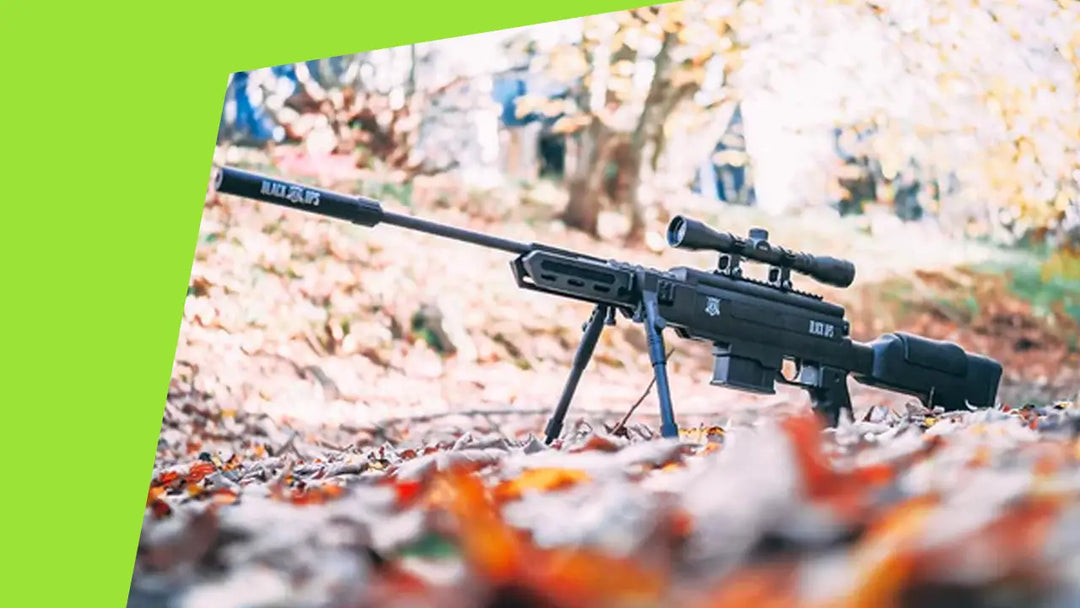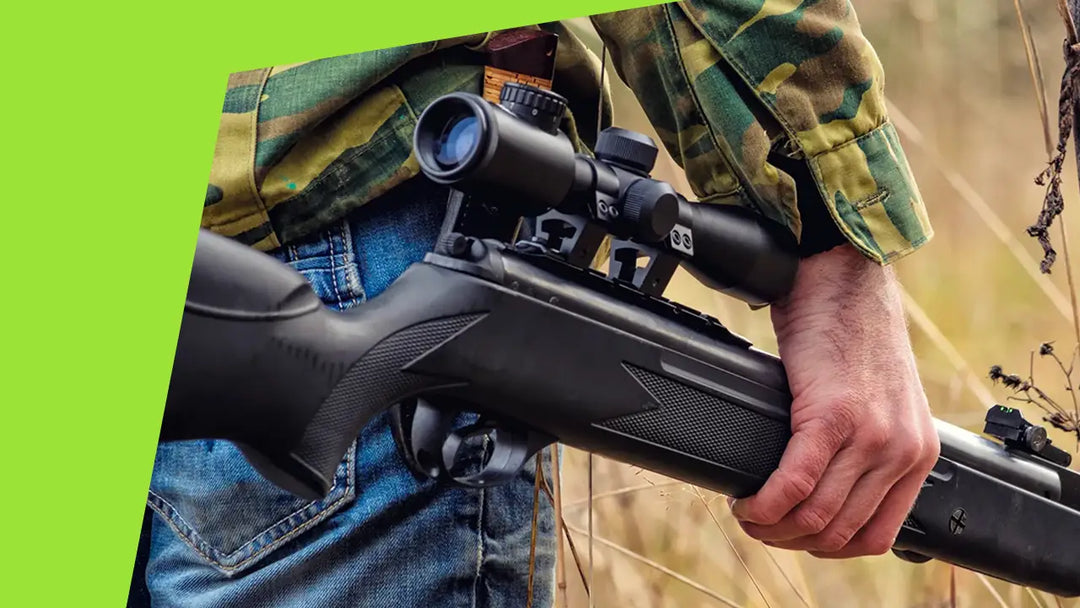Introduction to Bushcraft
Bushcraft, often seen as the art of surviving in the wild, is more than just a set of skills; it's a lifestyle that celebrates independence, resourcefulness, and a deep connection with nature. It's about using the natural resources found in the wilderness to survive and thrive. This guide is dedicated to beginners who want to explore bushcraft and develop skills that will enrich their outdoor life. Whether you're planning your first adventure in the wilderness or looking for ways to expand your survival knowledge, this article will provide you with valuable insights and advice to start your bushcraft journey.
Basic Bushcraft Skills
Mastering basic bushcraft skills is essential for anyone wanting to thrive in the wilderness.These skills encompass several key areas:
Starting Fires: One of the most critical skills in bushcraft is the ability to make fire. Fire provides warmth, light, protection, and the ability to cook food and purify water. Learn different techniques for starting a fire, from modern aids to traditional methods like flint and steel.
Shelter Building: Being able to build a safe and efficient shelter is vital for protection against the elements. This includes knowledge on how to use natural materials like branches, leaves, and snow to create insulation and shelter.
Wilderness Navigation: Being able to navigate in nature without modern technology is a valuable skill. Learn to use a compass, read maps, and observe natural landmarks and stars for orientation.
Developing these skills requires practice and patience, but the reward is a deeper understanding and connection to nature.Remember that safety always comes first when exploring bushcraft.
Selection of Bushcraft Gear
When preparing for bushcraft, it's important to choose the right gear that is not only functional but also reliable and durable. Here are some key components of any bushcraft gear:
Bushcraft Knife: A sturdy knife is an indispensable tool in bushcraft. It's used for everything from making fire starters to preparing food. Choose a high-quality knife that can withstand intense use.
Axe: A good axe is essential for chopping wood, processing timber, and can also be used in building shelters.
Durable Backpack: A durable backpack is necessary to carry all your gear. Choose one that is spacious enough to hold all essentials, but also comfortable to carry over longer periods.
Basic Cooking Equipment: Simple, yet effective cooking equipment is necessary for preparing meals in the wilderness.
Choosing the right equipment will not only make your bushcraft experience more enjoyable but also safer. Investing in quality equipment means you can rely on your tools under any conditions.
Advanced Bushcraft Techniques
Once you've mastered basic bushcraft skills, you can start exploring more advanced techniques that will enhance your understanding and interaction with nature.
Tracking: Learning to read animal tracks is not just useful for tracking prey, but also for understanding the patterns of wildlife in your area. This requires patience and observational skills.
Wildlife Observation: Observing wildlife provides insights into the ecosystem and helps you learn from nature itself.It's important to do this in a way that is respectful and doesn't disturb the animals.
Use of Natural Resources: Advanced bushcraft includes knowing how to identify and use various plants and trees for food, medicine, or construction material. This requires a deep understanding of local flora and its uses.
These advanced skills not only allow for greater independence in the wild but also contribute to a deeper understanding and respect for the wilderness.
Bushcraft and Sustainability
An integral part of bushcraft is practicing activities in a sustainable and ethical manner. This involves respecting nature and ensuring that our actions do not have a negative impact on the environment.
Responsible Fire Handling: One of the most important aspects of sustainable bushcraft is managing fire in a safe and responsible way.This means using established fireplaces, avoiding creating new burn marks, and always thoroughly extinguishing the fire before leaving the area.
Use Natural Materials Without Harm: When building shelters or making tools, choose materials that can be harvested without damaging the surroundings. Learn techniques to use dead branches, leaves, and other natural materials that do not harm living trees or plants.
Leave No Trace: The principle of leaving no trace is crucial in bushcraft. This means cleaning up after yourself, not leaving trash, and minimizing your impact on nature.
By following these principles, bushcraft can be practiced in a way that is in harmony with the environment, and helps to preserve nature for future generations.
Conclusion: On the Journey Towards Bushcraft Mastery
Bushcraft is more than just a collection of survival skills; it's a way to connect with nature on a deeper level. From mastering the art of making fire and building shelter, to developing an understanding of sustainable and ethical practices in the wilderness, bushcraft offers a unique opportunity to grow both as an individual and as a responsible steward of nature.
For beginners embarking on this journey of discovery, it's important to remember that bushcraft is a continuous learning process. It's about patience, respect for nature, and a willingness to constantly develop and refine your skills.
By equipping yourself with the right knowledge and gear, and by approaching bushcraft with an open and respectful attitude, you'll find that your adventures in nature become both rewarding and enlightening. So step out into the wilderness, and start your bushcraft journey today!










Leave a comment